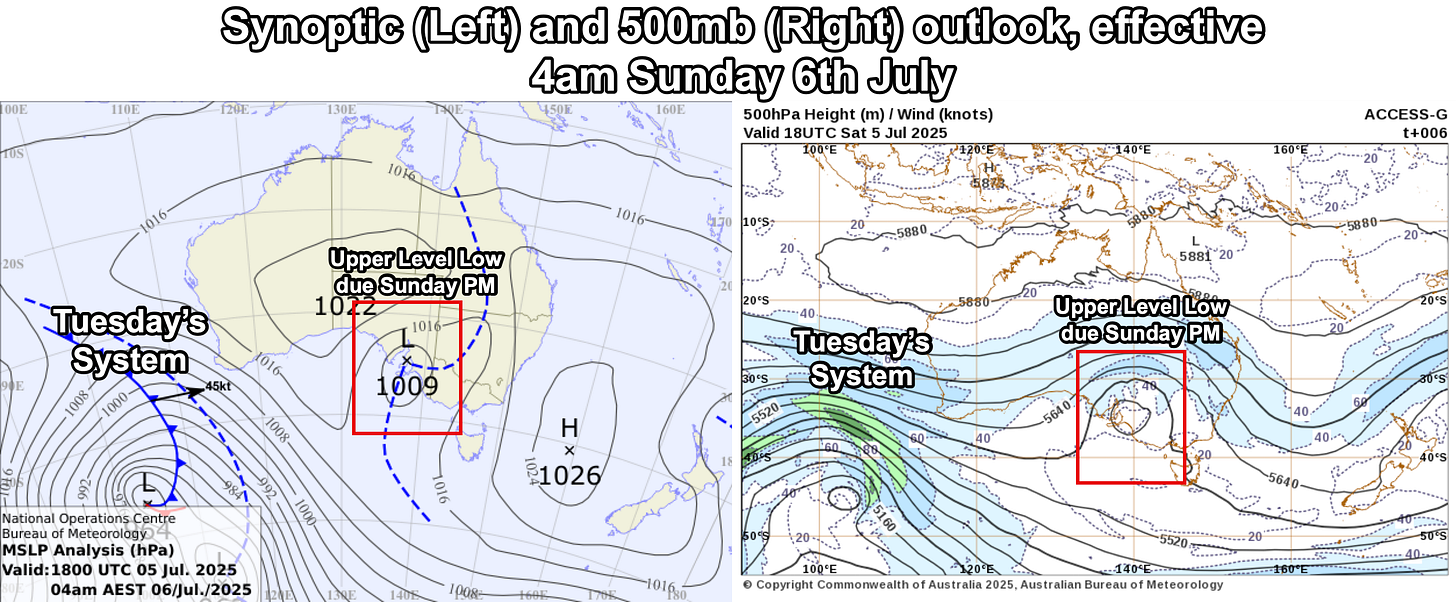Storms on Repeat: Mid-July Delivers a Critical Snow Stretch
With peak depth weeks ahead, the back-to-back systems through late July may define the season’s legacy.
Keep reading with a 7-day free trial
Subscribe to The Snowstack to keep reading this post and get 7 days of free access to the full post archives.





